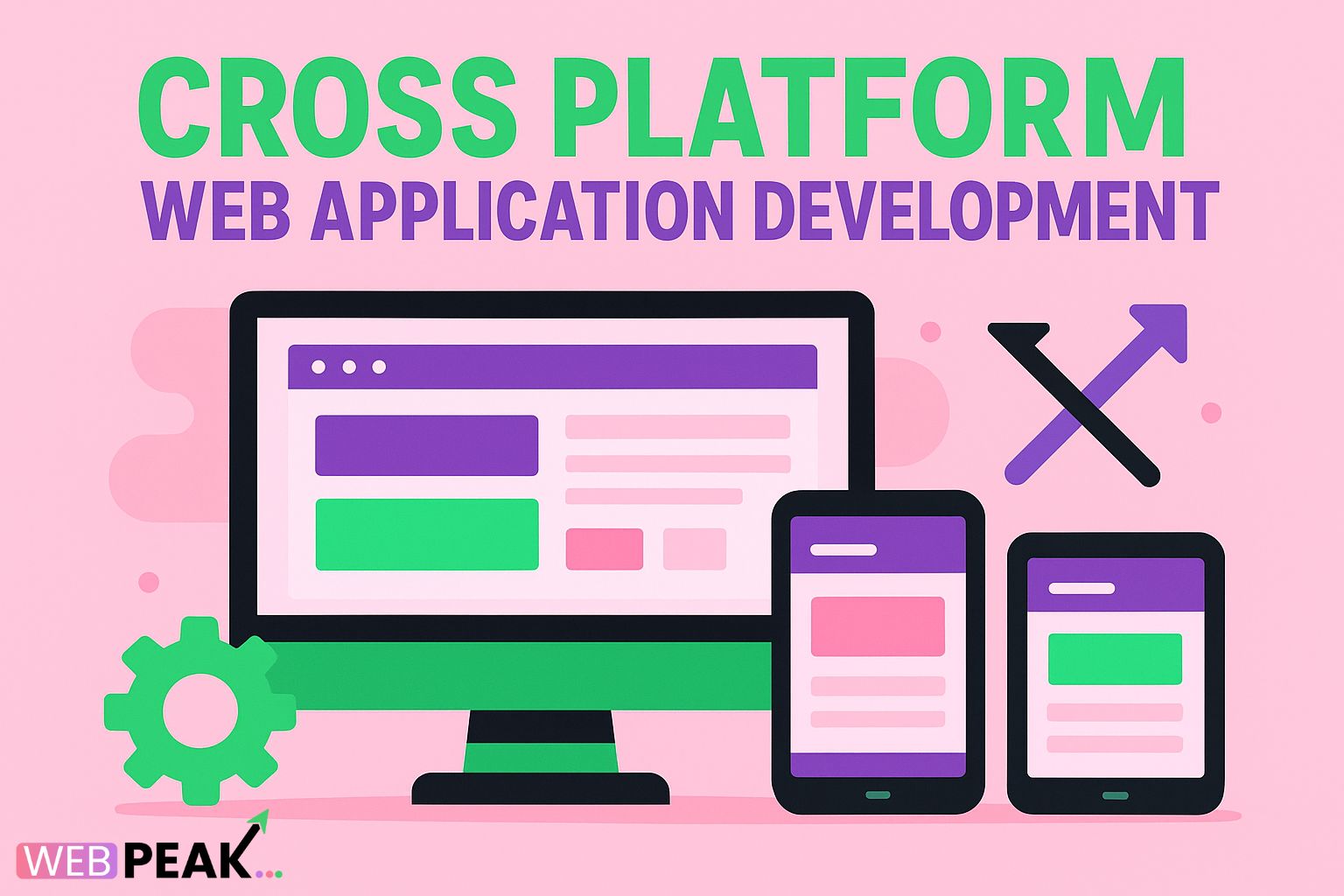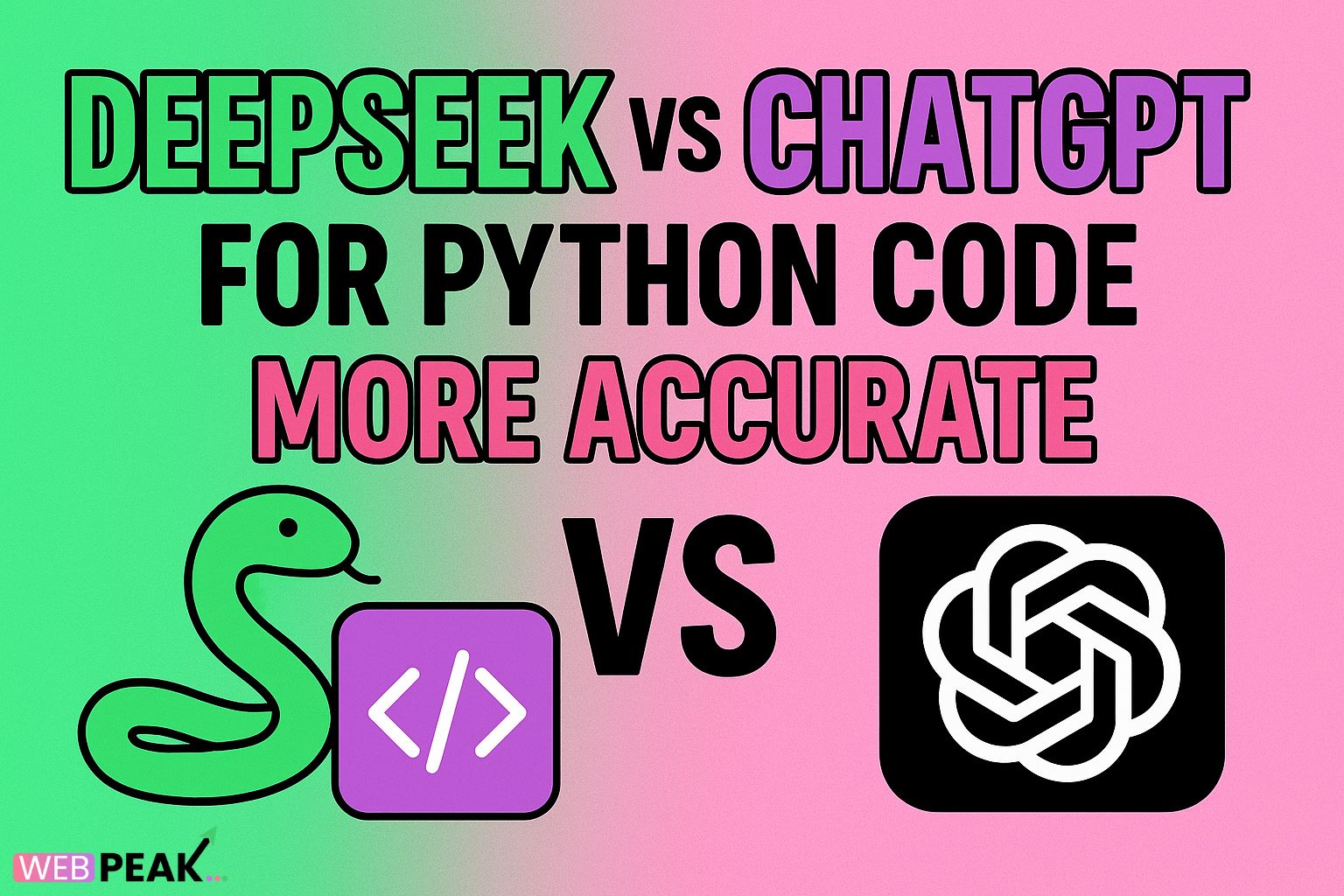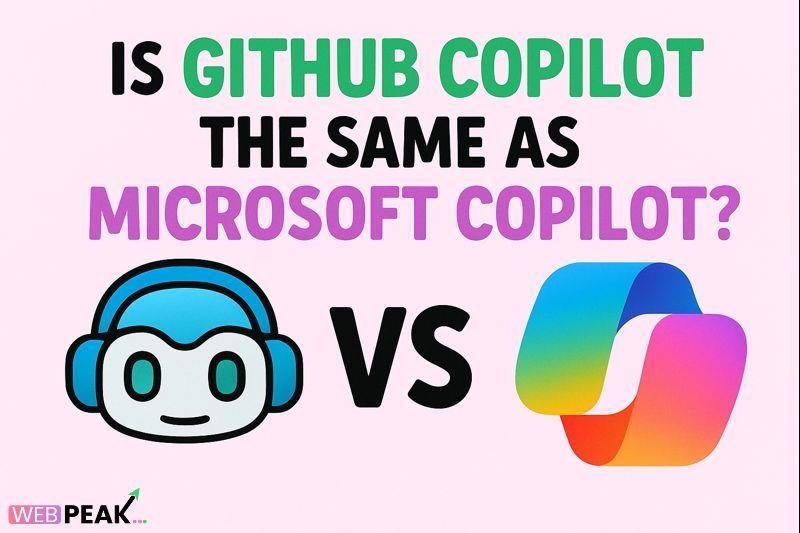Cross-Platform Web Application Development: Build Once, Run Everywhere
In today’s fast-paced digital world, businesses need scalable, flexible, and user-friendly solutions that can run across multiple platforms without additional development costs. Cross-platform web application development has emerged as a game-changing approach to achieve this. The idea is simple yet powerful—develop your app once and run it everywhere, whether on desktop browsers, mobile devices, or tablets. This strategy reduces development time, cuts costs, and ensures consistent user experiences across platforms. In this guide, we’ll dive deep into how you can effectively implement cross-platform web application development, the technologies involved, and a complete checklist to ensure your application is optimized for performance, security, and search engines.
What is Cross-Platform Web Application Development?
Cross-platform web application development refers to the process of building web applications that are compatible across multiple platforms and devices using a single codebase. Instead of developing separate versions of an app for iOS, Android, and desktop, developers use frameworks and technologies that allow the app to function seamlessly everywhere. This approach improves efficiency and scalability while keeping costs manageable.
Why Choose Cross-Platform Development?
Businesses and developers prefer cross-platform web application development for several reasons:
- Cost Efficiency: A single codebase reduces the need for separate teams for iOS, Android, and web applications.
- Faster Time-to-Market: Development and deployment are quicker since you’re maintaining only one codebase.
- Wider Reach: Apps run smoothly on multiple devices and operating systems, reaching a larger audience.
- Consistent UI/UX: A unified design across platforms ensures better brand consistency.
- Easier Maintenance: Bug fixes and updates are simpler with one central codebase.
Popular Frameworks and Technologies for Cross-Platform Web Apps
Choosing the right technology stack is crucial. Here are some widely used frameworks and tools:
React Native
React Native is a powerful framework by Meta that allows developers to build mobile applications using JavaScript and React. It provides near-native performance and is widely used for building cross-platform apps.
Flutter
Flutter by Google enables developers to build natively compiled applications for mobile, web, and desktop from a single codebase. It uses Dart as the programming language and is known for its beautiful UI components.
Ionic
Ionic is a framework for building hybrid mobile applications using HTML, CSS, and JavaScript. It integrates seamlessly with Angular, React, and Vue, offering flexibility and quick development cycles.
Progressive Web Apps (PWAs)
PWAs are web applications that behave like native mobile apps. They are installable, work offline, and deliver app-like experiences directly from browsers. PWAs are highly recommended for businesses aiming to deliver a seamless cross-platform user experience.
Xamarin
Xamarin uses C# and the .NET framework to create apps for multiple platforms. Owned by Microsoft, Xamarin is a popular choice for enterprise-level applications.
SEO Checklist for Cross-Platform Web Application Development
While building a cross-platform web app is important, ensuring that it ranks well in search engines is equally critical. Below is a detailed SEO checklist to help developers create search-friendly applications.
1. Optimize Page Load Speed
- Use lazy loading for images and videos.
- Implement code splitting and minification.
- Leverage caching and a Content Delivery Network (CDN).
2. Mobile-First Design
- Ensure responsive layouts that adapt to different screen sizes.
- Use mobile-friendly navigation and buttons.
- Test apps using Google’s Mobile-Friendly Test tool.
3. Metadata and Structured Data
- Include unique and descriptive meta titles and descriptions.
- Use schema markup to improve search visibility.
- Optimize open graph and Twitter card metadata for social sharing.
4. Optimize for Core Web Vitals
Google’s Core Web Vitals—Largest Contentful Paint (LCP), First Input Delay (FID), and Cumulative Layout Shift (CLS)—directly affect rankings. Use Lighthouse and PageSpeed Insights to monitor and improve these metrics.
5. Secure Your Application
- Always serve your app over HTTPS.
- Implement Content Security Policies (CSP).
- Regularly update dependencies to patch vulnerabilities.
6. Accessibility Compliance
- Follow WCAG (Web Content Accessibility Guidelines).
- Provide alternative text for images.
- Ensure keyboard navigability and screen reader compatibility.
7. Content Optimization
- Use target keywords naturally within headings and body text.
- Create valuable, unique content that solves user problems.
- Incorporate multimedia (images, infographics, videos) to improve engagement.
8. Internal Linking and Navigation
- Maintain a logical site structure with proper internal linking.
- Use descriptive anchor text for links.
- Create XML and HTML sitemaps for search engines and users.
9. Performance Testing and Monitoring
Continuously test your app for speed, SEO, and security using tools like Lighthouse, GTmetrix, and Google Analytics. Regular audits will ensure your app remains optimized.
Benefits of Cross-Platform Web Application Development
- Lower Development Costs: Build once and deploy everywhere.
- Enhanced Reach: Target multiple platforms and devices with one app.
- Faster Iterations: Update once, reflect changes across platforms.
- Consistent Branding: Unified UI/UX across web, mobile, and desktop.
Future of Cross-Platform Web Development
With advancements in frameworks like Flutter, React Native, and PWAs, the future of cross-platform development looks promising. Emerging technologies such as AI integration, serverless computing, and WebAssembly will further revolutionize this space. Businesses that adopt cross-platform development early will enjoy reduced costs, faster market entry, and stronger competitive advantages.
About WEBPEAK
If you’re looking for expert assistance in building and marketing your cross-platform web application,WEBPEAK is a full-service digital marketing company that provides Web Development, Digital Marketing, and SEO services. With a team of experienced professionals, WEBPEAK helps businesses grow their online presence and achieve measurable success.
FAQs on Cross-Platform Web Application Development
1. What is the main advantage of cross-platform web application development?
The primary advantage is cost and time efficiency. You build the app once and deploy it across multiple platforms, reducing development overhead and ensuring faster time-to-market.
2. Are cross-platform apps as good as native apps?
While native apps offer slightly better performance, cross-platform apps provide near-native experiences with the added benefits of cost savings, consistency, and broader reach.
3. Which frameworks are best for cross-platform web app development?
Popular frameworks include React Native, Flutter, Ionic, Xamarin, and Progressive Web Apps (PWAs). The choice depends on your project’s specific requirements and target platforms.
4. How do cross-platform apps impact SEO?
With proper optimization, cross-platform apps can perform very well in search engines. Focus on responsive design, page speed, Core Web Vitals, and structured data to improve rankings.
5. Do cross-platform web applications work offline?
Yes, technologies like Progressive Web Apps (PWAs) allow apps to function offline or with limited connectivity, enhancing user experience.
6. Is cross-platform development suitable for all businesses?
Most businesses benefit from cross-platform development, especially startups and SMEs that need to maximize reach while minimizing costs. However, highly specialized applications with heavy performance needs may still prefer native development.





